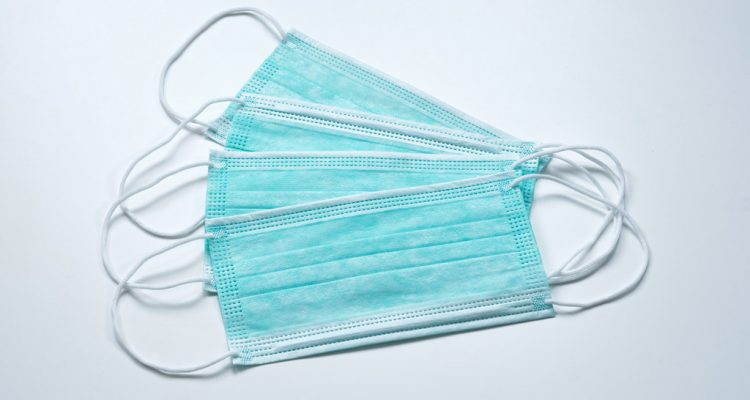Sports are arguably one of the most impacted activities to be affected by the coronavirus pandemic. Many of them require physical contact that make social-distancing impossible. The global normalization of mask-wearing has been a hot topic of debate, mostly coming from people who have different understandings of why facial coverings may or may not be important.
Fairfield University has a whole slew of rules that all members of the campus community must follow; however, as affiliates of the National Collegiate Athletic Association, the Athletics Department also abides by guidelines set forth by the NCAA.
Interestingly enough, the NCAA doesn’t explicitly say that facial coverings are mandated, according to their Core Principles of Resocialization. Furthermore, on their official website, under the “Core Principles of Resocialization of Collegiate Sport: Developing Standards for Practice and Competition Frequently Asked Questions” tab, they state that they recognize the role that face masks have played in decreasing the spread, but do not deem it as a requirement.
“All athletics personnel are encouraged to wear a mask/cloth face covering at all feasible times, but especially when physical distancing isn’t practical or possible,” the website reads.
Mask mandates have caused national uproar, resulting in protests all over the country. They triggered debates surrounding the notion that these mandates infringe upon people’s rights, and more so that masks may actually be harmful to a person’s oxygen intake.
The University of Maryland Medical Association has debunked that myth, and states that “properly fitted masks offer adequate airflow while still covering your nose and mouth. This makes the accumulation of carbon dioxide impossible.”
The Vanderbilt University Medical Center echoes that sentiment, stating on their website that “prolonged use of any face mask, including the N95 respirator, has not been shown to cause carbon dioxide toxicity or lack of adequate oxygen in healthy people.”
This is not to say, though, that the facial coverings won’t make athletes feel as though they are not receiving proper oxygenation. During cardio-heavy workouts, it is natural to feel out of breath, and even lightheaded at times.
How do Fairfield athletes feel masks have impacted their ability to train at full capacity? Junior John Fee, who is on the men’s rowing team, offers an interesting perspective. Although he is never submerged in water as a rower, wakes from launches and other boats in the Norwalk River often get his mask wet, making it difficult to breathe.
“Absolutely I think that masks restrict our breathing, especially during high intensity or high volume workouts. The mask also tends to hold on to water, making it increasingly more difficult to get oxygen,” Fee said.
For Mike Marella ‘23, who is a pitcher on the baseball team, the masks don’t make a true difference to him during practice. He feels that, at this point, it is something to which he has become accustomed.
“We’re not doing a significant amount of running during fielding and hitting, but we have been doing conditioning twice a week,” Marella said. “I can definitely say it makes it much harder to breathe with the mask on during conditioning, which is causing us to get tired much faster and making conditioning a lot harder.”
Senior Shaelin Murphy finds that from her perspective on the women’s lacrosse team, wearing a mask poses as a huge roadblock in her capability to train as effectively as she could before the pandemic.
“Personally, I feel that wearing a mask greatly hinders my ability to catch my breath easily. I think that I get more out of breath and have a longer recovery when working out or practicing with a mask,” Murphy said. “I definitely think that when wearing a mask, I have a decreased supply of available oxygen and I find myself struggling more.”
Junior Caitlin Campbell, a diving captain on the women’s swimming and diving team, doesn’t face too many issues when it comes to wearing masks. This is because she and her teammates can’t wear them in the pool.
“We can’t wear masks during dive practice, but we wear them during lift and dryland. The masks don’t make lift any harder than it already is, they don’t affect me too much,” said Campbell.
In any case, masks don’t seem to be going away, at least until a vaccine is proven to be effective. The Athletics Department, and moreover the University, is surely doing all they can to create the safest environment possible for student-athletes and the general public alike. Health and safety is of the utmost importance, even if that means there may be some harmless discomfort for athletes during training.


Leave a Reply